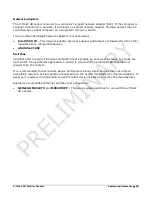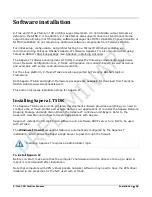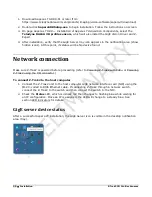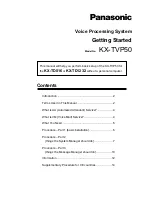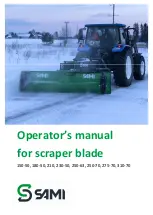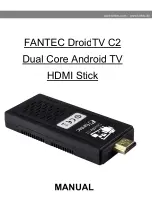
28
•
Installation
Z-Trak2 3D Profiler Sensors
Z-Trak2 operating conditions (front plate)
•
Temperature: 10
o
C to 50
o
C (50
o
F to 122
o
F)
•
Relative humidity: up to 90% (non-condensing)
Z-Trak2 storage conditions
•
Temperature: -40
o
C to 80
o
C (-4
o
F to 176
o
F)
•
Relative humidity: 20% to 80% (non-condensing)
The Z-Trak2 S-Series, when connected to a 5 GigE link, it will consume more power and therefore
generate more heat.
Z-Trak2 generates more heat when powered via PoE. Make sure the operating
temperature of the unit is properly controlled.
Continuous operation
The Z-Trak2 profiler sensors are designed for operating 24/7 in stable ambient
conditions when adequately mounted for heat management (see Temperature
management). Repeated power up and power down can reduce the life span of the
profiler. Except during installation or maintenance, make sure the device remains
always powered up.
Preventing faults due to electrostatic discharge (ESD)
Ensure Z-Trak2 housing is securely connected to earth ground to avoid damage to
the device or intermittent failures during normal operation.
Teledyne DALSA has performed ESD testing on profilers using a ±4 kV ESD contact generator and
±8 kV in air generator without any indication of operational faults. To prevent ESD problems, follow
these guidelines:
•
Mount the profiler on a metallic platform with a good connection to earth ground.
•
When using Power over Ethernet Plus (PoE+), Teledyne DALSA strongly recommends using a
shielded Ethernet cable to provide a ground connection from the controlling computer/power
supply to the Z-Trak2 sensor. PoE+ requires a powered computer NIC, or a powered Ethernet
switch, or an Ethernet power injector.
•
Use a shielded/grounded power supply if not using PoE+ as stated above.
Installations that do not protect against electrostatic discharge (ESD) may exhibit operational
faults. Problems such as random packet loss, random device resets, and random loss of Ethernet
connections, may all be solved by proper ESD management.


